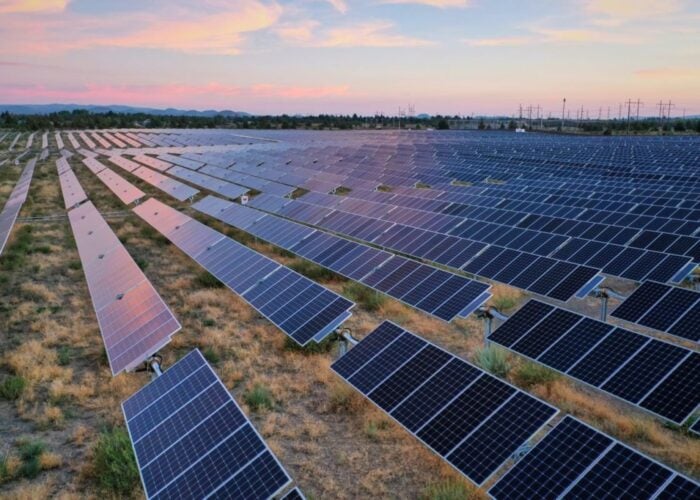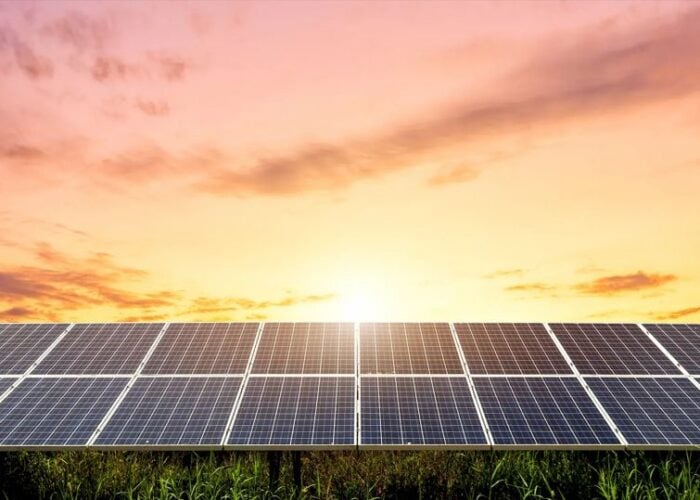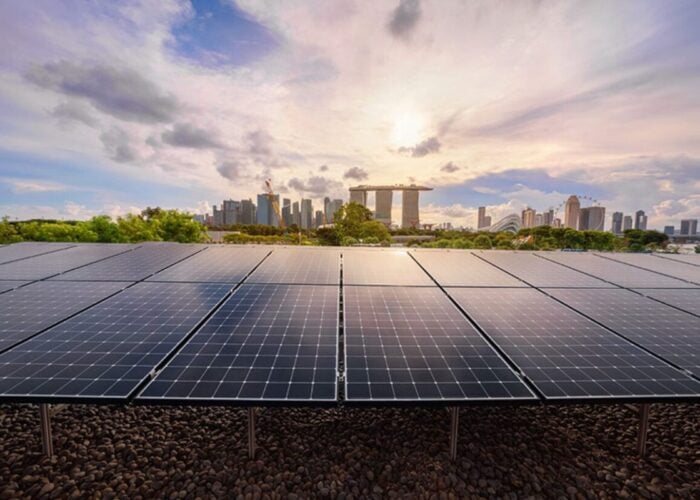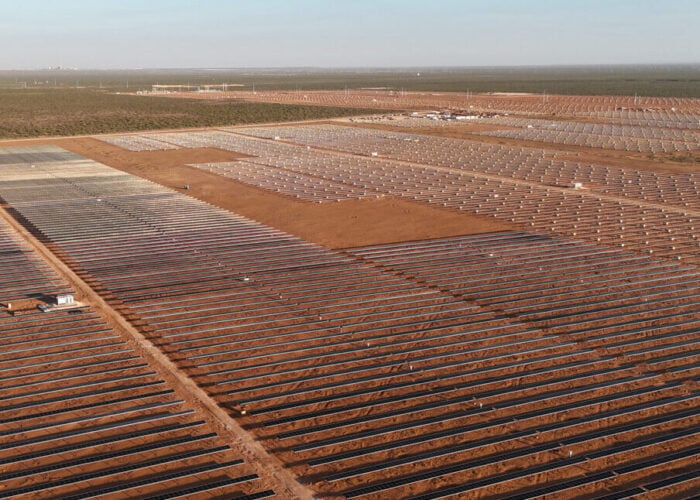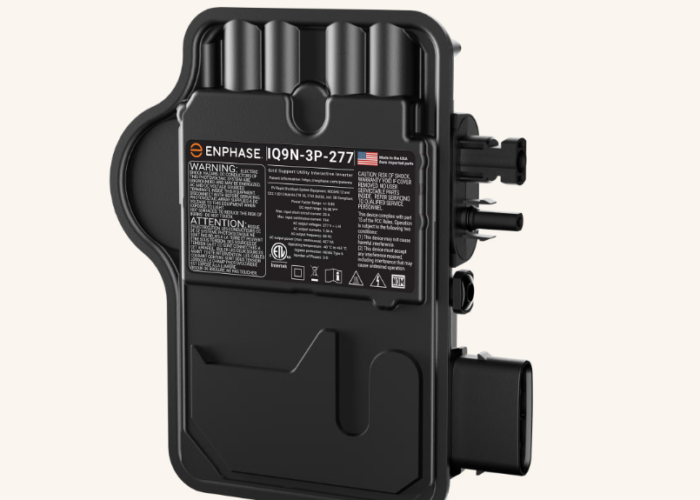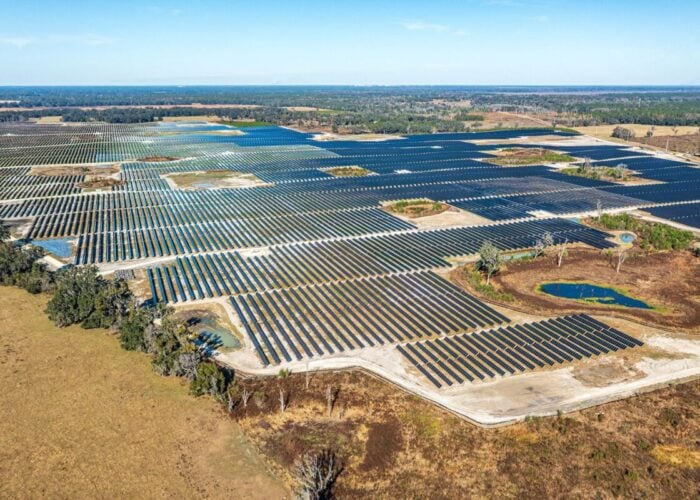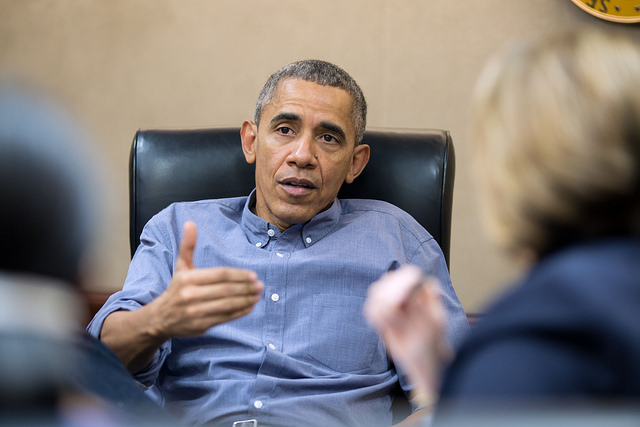
The tenet of president Obama’s climate change initiative, the UN-backed Clean Power Plan, was under fire in the US Court of Appeals yesterday, where a panel of 10 judges deliberated over whether the Environmental Protection Agency (EPA) has overstepped the mark.
In a hearing lasting more than six hours, a coalition of 28 states, led by coal bastion West Virginia, took the EPA to court, arguing mainly that the agency has gone too far in targeting existing coal-fired and natural gas plants in an effort to reduce emissions.
Try Premium for just $1
- Full premium access for the first month at only $1
- Converts to an annual rate after 30 days unless cancelled
- Cancel anytime during the trial period
Premium Benefits
- Expert industry analysis and interviews
- Digital access to PV Tech Power journal
- Exclusive event discounts
Or get the full Premium subscription right away
Or continue reading this article for free
The Clean Power Plan is the first ever initiative to put limits on the nation’s carbon pollution. With coal and gas-fired plants emitting nearly two billion tonnes of CO2 annually, the EPA has been working to reduce carbon and other greenhouse gas (GHG) emission up to 32% by 2030. The catch is that the EPA’s emissions reductions are only legal insofar as carbon dioxide and other GHGs pose a threat to public health or the environment under the 2007 Clean Air Act.
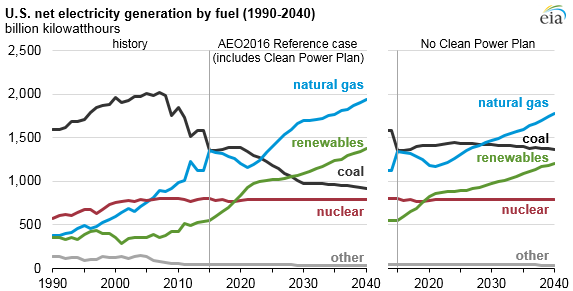
However, the EPA has so far retained discretion on how to implement the plan. Instead of targeting the nation’s biggest source of air pollution – the 1,500 coal and gas-fired plants – it gave each state an emissions reduction goal, leaving it up to them how to achieve it.
Whilst this approach could be viewed as allowing states to take their own initiative and work according to what suits them, it is precisely this laissez-faire approach that landed the EPA in court. Challengers to the plan are opposing the fact that the emissions regulations are not targeting the power plants themselves.
The Appeals Court respected the fact that the EPA was first and foremost doing its bit to tackle the intractable and ever-evolving issue of climate change by addressing head on the largest source of air pollution. The Plan has already been upheld in several prior Supreme Court rulings. Therefore, it is not the EPA’s authority itself that is in question, but how it is being exercised.
The plan has been frozen since February when the Supreme Court put the regulations on hold whilst the regulations were under review. During that time, opposing states have been vocal about their sentiment that the emissions targets are burdensome; yet most are on track to hit their targets regardless. That being said, most opposing states make the claim that the injustice does not come from compliance with the targets but the federal government overstepping its prescribed authority, as well as state sovereignty being chipped away at.
“We don't have anything against clean air,” Cynthia Coffman attorney general of Colorado told Reuters. “That really doesn't factor into my decision to say the federal government has gone beyond its legal authority.”
Whilst the CPP does set reduction goals for each state, it is up to said states on how to meet this. While compliance would be no issue for green-friendly states such as California, home to an already ambitious renewable portfolio standard, the Plan forces some states, particularly those with profitable fossil fuel industries, to significantly alter their energy policies.
“This is a huge case,” said DC Circuit judge Brett Kavanaugh in court. “It has huge economic and political consequences,” he added, noting that it had the leverage to “fundamentally” transform the industry.
The hearing
The hearing was split into two sessions – with the morning hearing being dedicated to statutory issues and the latter hearing concerning whether EPA actions were unconstitutional. Opposition debated whether the Plan unconstitutionally forces, or coerces, states into completely realigning their electricity systems, with CPP-defenders rebutting that the EPA is responding to a wider trend of cleaner electricity generation.
As might not be surprising, many opposition arguments did not wash with the panel of 10 judges, six of whom were actually appointed by Obama. But opposition led by West Virginia’s solicitor general Elbert Lin fought back: “The EPA has invoked a little-used provision in the Clean Air Act and used it to justify creation of a new energy economy,” he told the court.
Further, opposition arguments claim that the EPA should be barred from limiting carbon emissions from power plants because it had already used Section 112(d) of the Clean Air Act to limit the same plants’ emissions of other hazardous pollutants including mercury. Therefore, according to challengers, the emissions regulations regarding carbon would be so-called prohibited ‘double regulation’.
“This action by the EPA is impermissible,” opponent Laurence Tribe told the judges. In addition, Peter Keisler, a lawyer representing industry opponents, said: “We can't tell a coal plant, 'You have to become a solar plant. The EPA has no authority to impose a system like this one, which requires, in order to stay open, that the owner invests in other facilities.”
However, many of the judges discussed whether the EPA was simply invoking “existing authority” as it had already been granted jurisdiction by the Supreme Court in aforementioned previous cases to use the Clean Air Act to regulate emissions.
The global shift towards cleaner energy integration was referenced throughout the hearing, with justice department attorney Eric Hostetler noting that the EPA looked at “what was going on in the real world”, as many states are already embarking on clean electricity journeys and other arguments agreeing that the EPA should not ignore such trends.
Verdict?
Now the judges will deliberate all arguments raised by more than a dozen different speakers. A 5-5 ruling will leave the Clean Power Plan regulations as is. A final verdict is estimated to be reached next year, most likely after Obama has left office.

